On This Day...February 17th
Today, February the 17th in 1956 as saw the YF-104 make it’s first flight from Edwards Air Force Base in the Mojave Desert, US. To me, and many others, there just isn’t a more beautiful aircraft ever made. On this first flight, Herman ‘Fish’ Salmon piloted her, below.
Known as the ‘Apple Knocker’ (and thoughts as to why gratefully received) her flying career was ended just a year later in April ‘57 after a forced landing. No apologies for the number of photos, as I could look at this aircraft all day long.
February 17th, 1918 - Air mechanics fixing bombs to an Airco DH.4 day bomber at Serny Aerodrome, France.
F6F-3 Hellcats landing on USS Enterprise after strikes on the Japanese base at Truk, in the Caroline Islands. 17th February 1944. Note the Hellcat landing in the background.
Pre invasion bombardment of Iowa Jima on 17th February,1945
On 17th February, two days before the invasion of Iwo Jima, a reconnaissance mission composed of Underwater Demolition Teams (later to become the Navy ‘Seals’) deployed to surveil the theatre for traps, mines, etc. There are several aspects of this mission that would make fantastic stories in their own rights. (see Dick Camp’s book, below). Rather than do that, I’ll try and highlight the bravery of these men.
Lieutenant Rufus Geddie Herring, United States Navy. Below is his citation for his Congressional Medal of Honor.
“For conspicuous gallantry and intrepidity at the risk of his life above and beyond the call of duty as Commanding Officer of Landing Craft Infantry Gunboat FOUR HUNDRED FORTY-NINE (LCI (G) 449), operating as a unit of LCI (G) Group EIGHT, during the pre-invasion attack on Iwo Jima, Ryukyu Islands, on 17 February 1945. Boldly closing the strongly fortified shores under the devastating fire of Japanese coastal defense guns, Lieutenant Herring directed shattering barrages of 40-mm. and 20-mm. gunfire against hostile beaches until struck down by the enemy’s savage counter-fire which blasted the 449’s heavy guns and whipped her decks into sheets of flame. Regaining consciousness despite profuse bleeding he was again critically wounded when a Japanese mortar crashed the conning station, instantly killing or fatally wounding most of the officers and leaving the ship wallowing without navigational control. Upon recovering the second time, Lieutenant Herring resolutely climbed down to the pilothouse and, fighting against his rapidly waning strength, took over the helm, established communication with the engineroom, and carried on valiantly until relief could be obtained. When no longer able to stand, he propped himself against empty shell cases and rallied his men to the aid of the wounded; he maintained position in the firing line with his 20-mm. guns in action in the face of sustained enemy fire, and conned his crippled ship to safety. His unwavering fortitude, aggressive perseverance, and indomitable spirit against terrific odds reflect the highest credit upon Lieutenant Herring and uphold the highest traditions of the U.S. Naval Service.”
The President of the United States takes pleasure in presenting the PRESIDENTIAL UNIT CITATION to the LCI(G) GROUP EIGHT INCLUDING THE FLAGSHIP OF LCI FLOTILLA THREE for service as set forth in the following...
CITATION:
"For extraordinary heroism during action in support of beach reconnaissance by Underwater Demolition Teams at enemy Japanese-held Iwo Jima, Volcano Islalnds, on February 17, 1945.
“Opening heavy strafing fire as they moved in from two thousand yards off shore, the lightly armored ships of LCI(G) Group EIGHT advanced steadily under sporadic fire of the enemy until they reached the one thousand yard line to blast the heavy coastal defenses with barrage rockets. Almost immediately the shattering counterfire from well concealed and strongly fortified Japanese positions began to exact a terrific toll. One by one their guns were silenced; fires started and spread in ready ammunition; under the sustained deadly blast of hostile fire, their engine rooms flooded and those of the gallant ships still operable towed their powerless companion ships clear of the overpowering fire of the enemy.
“Suffering desperate casualties, the units of this valiant group evacuated the wounded, extinguished their fires and resolutely returned to the firing line. Only when the beach reconnaissance had been accomplished did LCI(G) Group EIGHT retire after absorbing an hour and a quarter of devastating punishment in support of the stout-hearted swimmers of the Demolition Team. Manned by fighting and skilled seamen, these gunboats daringly pited their fire-power against the overwhelming might of Jananese guns zeroed on them from the shores of Iwo Jima and bravely led the way for he invasion two days later."
Minesweepers -YMS type- at work in preparation for underwater demolition team operations off Iwo Jima, at 1430 Hrs. on 17 February 1945. In the distance are an Idaho class battleship (left) and a Pensacola class heavy cruiser (right).
Photographed from USS Texas (BB-35).
Frank Jirka, a member of the UDT that day, describes in his own remarkable words his memories of that day.
“On the morning of the 17th, our first reconnaissance took place. To give fire support for
the teams we had a few LCI’s (Landing Craft Infantry) converted into gun boats, and
several destroyers. As the LCI’s were forming in a column, word came over our APD
loudspeakers to get ready to embark in our Higgins boats. Just about this time I felt as
though I was shaking like a rattlesnake’s rattle.”
“Well, word was given to embark, so we climbed down into the boats. Our landing crafts
formed in a column corresponding to our beaches and directly behind the column of
LCI’s. When we reached our prearranged distance off the shore the LCI’s turned, went
parallel to the island and upon reaching their assigned beach turned in. Our landing crafts
did likewise. Just as we were about 400 yards off our beaches, all hell broke loose.”
“Mortars, coast guns, machine guns and small arms fire was being fired all around us and
at us from what looked like a rather dead island ten minutes before. We tried to call for
some fire support, but it was of no avail, since we couldn’t tell exactly where the firing
was coming from due to the Japs’ crisscrossed pattern of defenses, with interlocking
trenches, gun positions and rat hole-like caves.”
“While the morning operation was still underway and after some of us finished our
reconnaissance, a marine captain, two of his men, and I went out to where our supporting
LCI was to be located. We found that it was hit and out of action. Just then a large shell
hit near our craft and raised the aft end up with quite a force. After looking around we
noticed an LCI that wasn’t the one assigned to us, but which was off our beach. We
decided to go aboard and try to spot our gunfire from it. “
“We came alongside and the four of us climbed aboard. I went up to the bridge, told them what I was there for and what team I represented. I was standing at the time, on the after port side of the bridge, but since the forward gun’s smoke was obstructing my view, I moved to the forward starboard side. I no sooner moved over when our ship, which was around 700 yards offthe beach and slowly moving in, almost got hit.”
“I said to the captain that it looks like we’re getting in pretty close, when the next thing I
knew I was flat on the deck, wounded. I tried to stand but was unable to do so. Since I
was not suffering from any pain I looked down to see just why I was unable to stand. It
was then that I noticed a pair of blown up feet at right angles to my body, without shoes
or stockings. I thought surely those couldn’t be mine for I was wearing shoes when I
came aboard.”
“Then I suddenly felt a painful drawing sensation and upon noticing carefully found that those mangled pieces of skin and bone were all that was left of my good nine and a half C’s. I then crawled to the after end of the bridge, for the spot that I was standing on was no longer there. I asked for some morphine and gave myself a shot. I then had a fellow mark the time of the injection on my “T” shirt and had him help me apply tourniquets.”
“I forced myself to stay awake and it was during this period that all of my past went by me
slowly and vividly. If that’s what happens when a person is dying, I’ll never worry when
my day arrives. While stretched out on the deck I kept on thinking about my cousin A.J.
and it was just as though he was there telling me to keep on fighting and not to give up. I
perched myself up on my elbows in order to see just how bad the ship was hit. I glanced
down on the main deck and there I saw men covered with blood, sprawled all over the
place. Some dead, others dying. The ship was hit three times – forward, in the pilot
house, and on the after part of the ship. We had to use our auxiliary steering apparatus,
since the main one was shot out.”
“In an hour or so they finally took 27 casualties out of 48 men off and on to the USS
Tennessee where at last we saw a doctor. They game me five units of plasma and two
quarts of blood, which possibly some of you Beseda members generously donated and for
which I’m very grateful. Around ten hours later they took me to the operating room and
there they removed what remained of my feet.”
“A few days later, I was taken to Guam. From there I was sent by plane to Pearl Harbor.
“I would like say to that that I believe the Demolition Teams have made a name
for themselves in the Pacific as well as in the Atlantic. Underwater Demolition Teams
were always the wave before the first wave in Normandy, Ulithi, Guam, Saipan, Pelieu,
Tinian, Philippines, Borneo, Iwo Jima, and Okinawa. Every American in combat duty,
whether he was a soldier, sailor, marine, whatever outfit he may have been in, has made a
name for himself on every island in the Pacific and every battlefield in Europe.
So let us just not hope for a lasting peace, but always remain prepared while striving and
working hard for it, so that the boys now coming home, and most of all, those who laid
down their lives in defense of our country, will realize that this war, the bloodiest of all,
has given this world a lasting peace, and that their children will not have to make history
again on some future battlefield.”
Amazing words.
After returning to the United States to rehabilitate from his injuries and the amputation of
both legs at the knee, Frank Jirka (above, after surgery) received the Silver Star for his bravery and his ‘selfless
concern’ for others while under intense hostile fire at Iwo Jima.
Frank finished college, married his high school
sweat, and was admitted to the University of Illinois Medical School, where he
Graduated and became a urologist and surgeon, all while wearing his vintage prosthetic legs. In 1984 he was nominated as President of the American Medical Association.
Memorial to the founding of the UDT has been built at Bellows Air Force Station near the original Amphibious Training Base (ATB) Waimanalo, Hawaii.
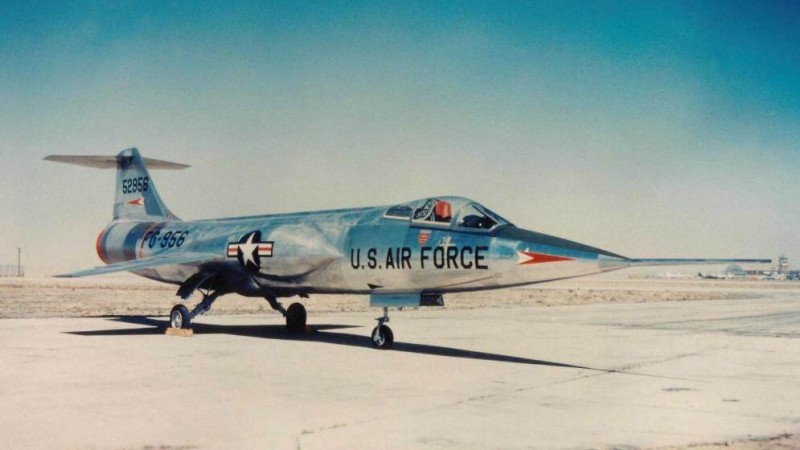
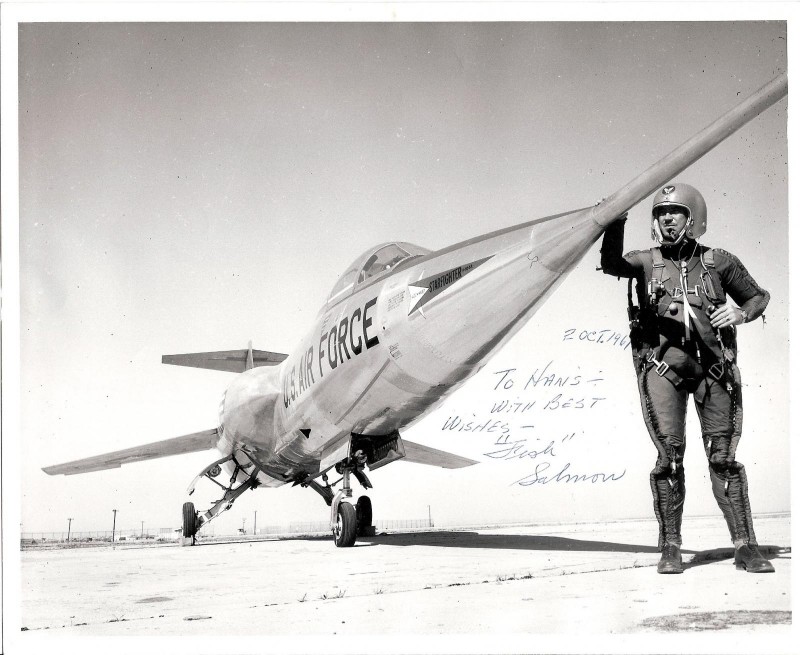
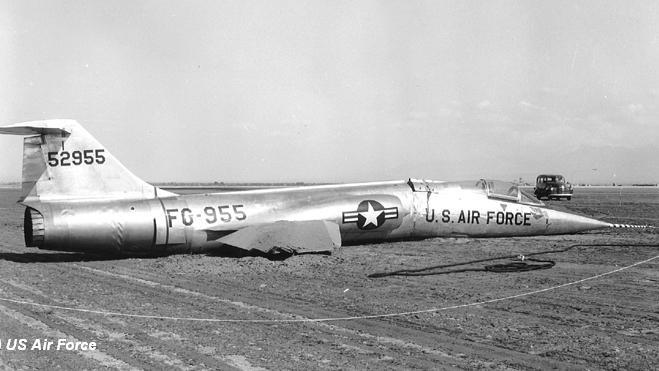

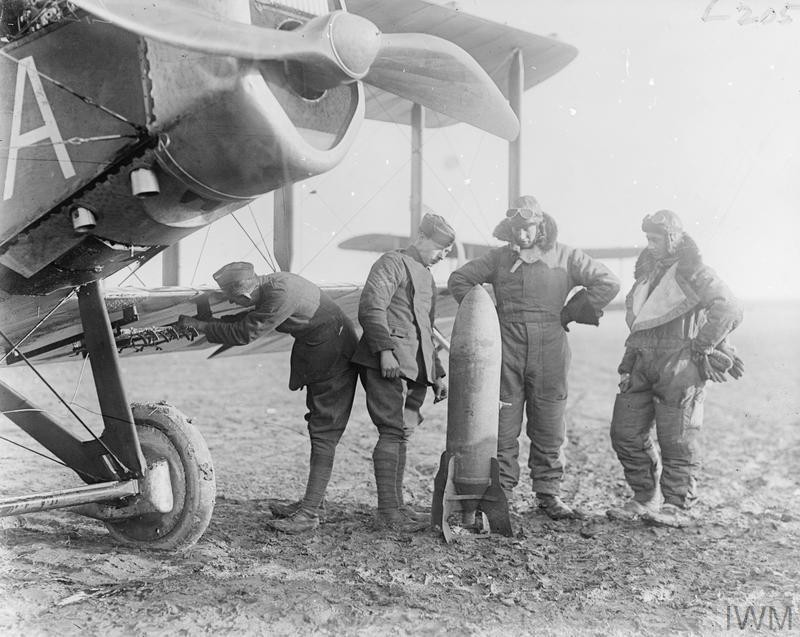
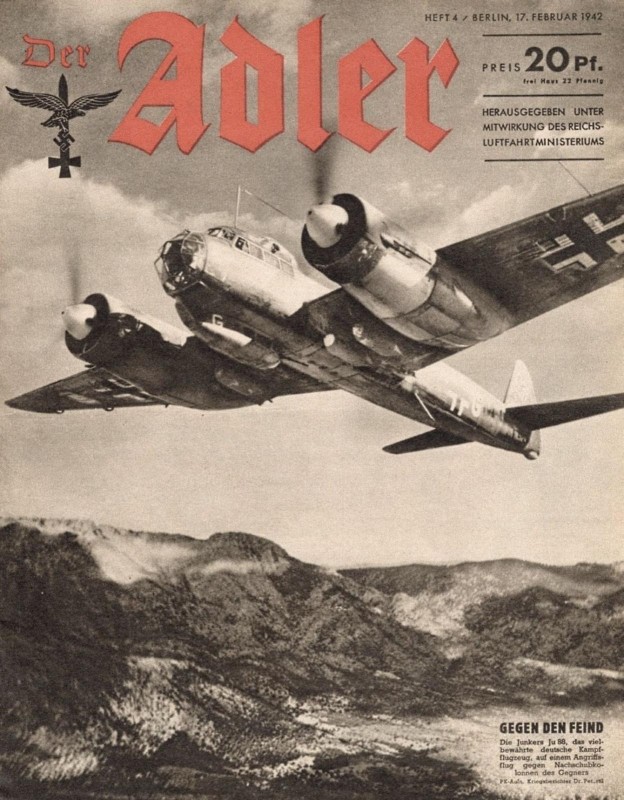
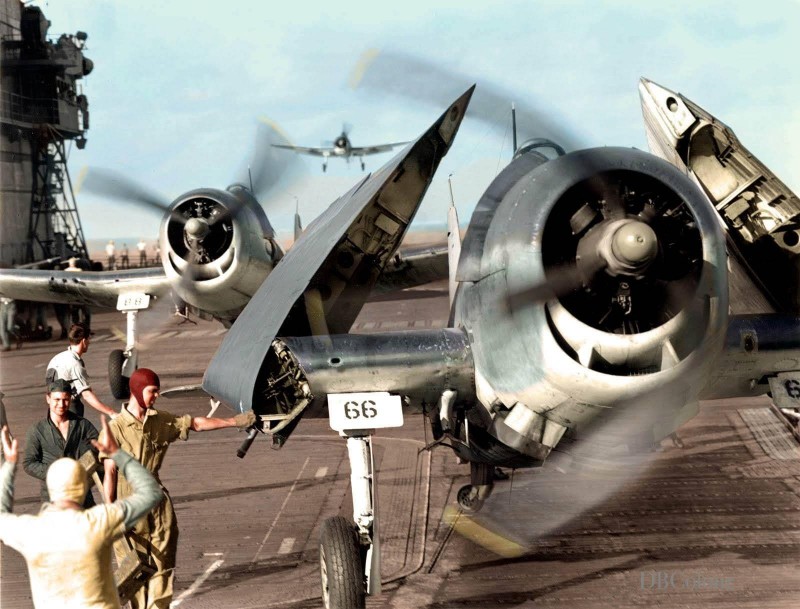

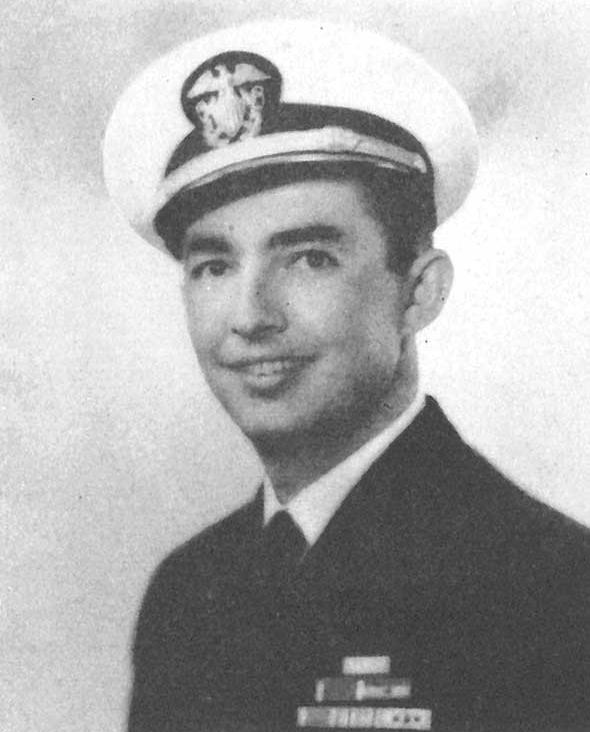
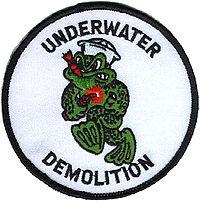
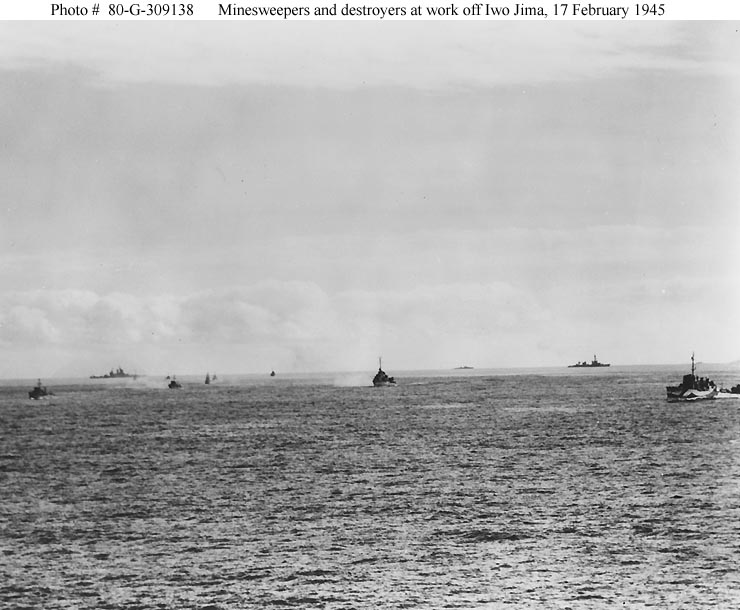
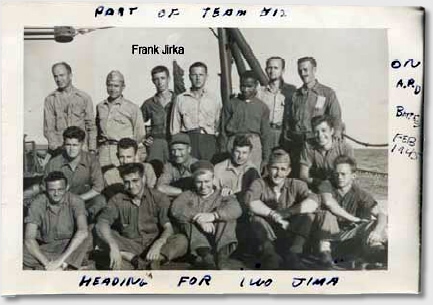
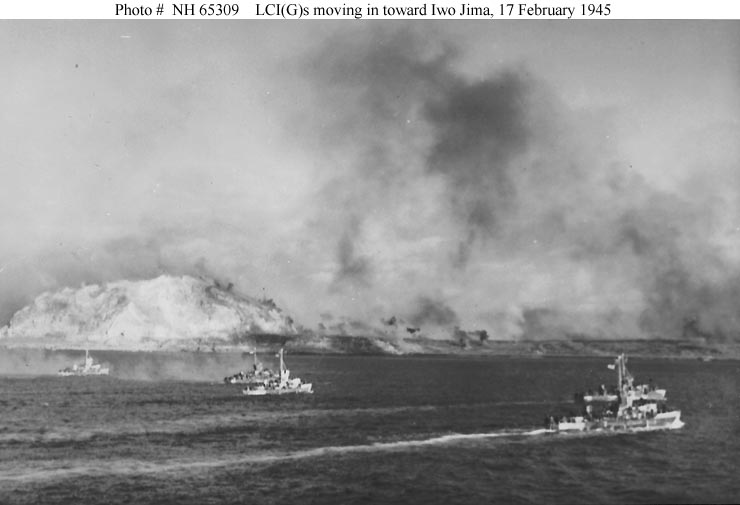
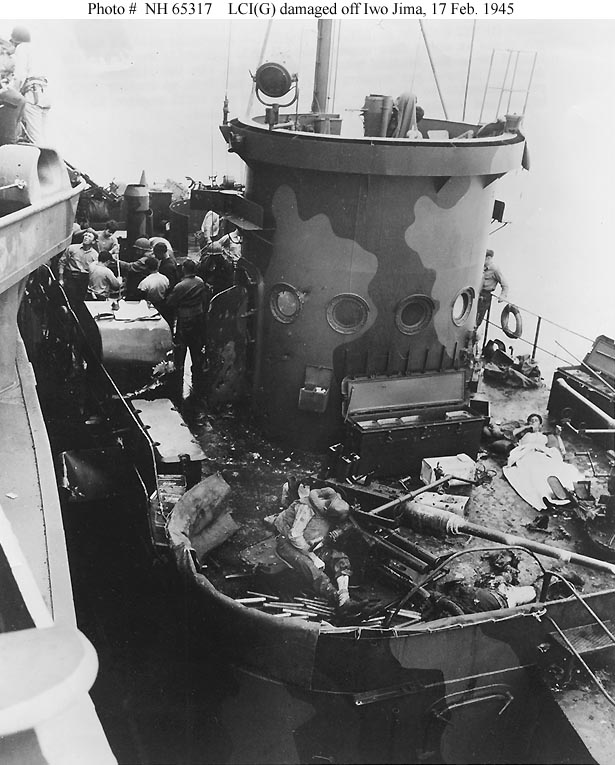

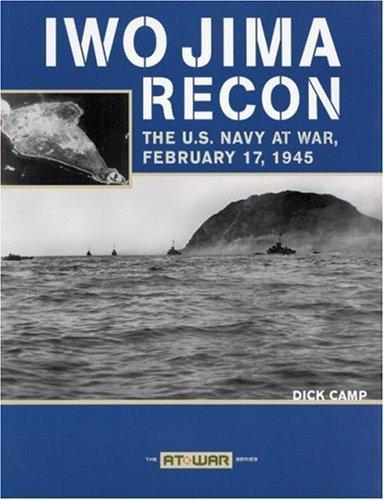
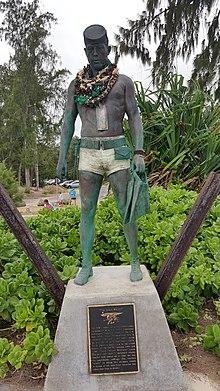

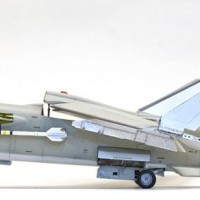
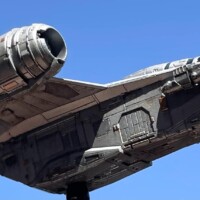
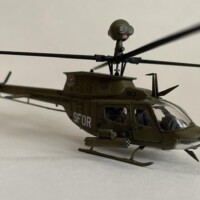
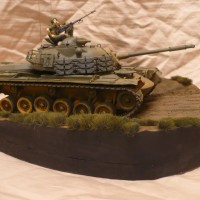
WoW! What a great recounting of a very brave and determined man! Iwo Jima was a meat grinder. It's a wonder that ANY participants lived through it ... Allied OR Japanese!
This may be your best posting of this great "On This Day" series, David!
By the way - re: the F-104 shots. You can NEVER have too many photos of the Starfighter!
That F104 is just gorgeous. Need to get one of those hasegawa 1/48’s so it can also sit in the stash...
And thanks, Jeff.
The narrative raised my skin hair... but that LCI photo tells more than all the written words.
I saved the F6F photo as futur reference when tackling the Hasegawa kit, it’s just that good!
Thanks again for your always interesting, touching and so much inspiring stories and pictures!
BR/Michael
It’s just unfathomable how a person can see their own feet yards away and stay ‘on mission’. The LCI boat is the only image of the damage that I thought could/should be posted. As Jeff said, the whole affair was a meat grinder that just kept chewing men up.
Glad the Enterprise foto was helpful.
Thanks, Pedro.
Didn't the F104 earn the nickname " The widow maker " because it was virtually un-flyable by all but the most experienced pilots, still I don't suppose the Lockheed salesmen were worried, after all they weren't being asked to fly it...
As I understand it it was dubbed Widowmaker by the Germans due to high accident rate. Flying in Arizona´s clear weather at high altitude is not the same as Central European low clouds and rain at low altitude. Canada also had big problems.
David, Apple knocker sounds like someone thought of it as looking like a stick, something you use knocking apples down.
Powerful.
Wow, that's some narrative[udt]. The Hellcats landing photo, I wonder statistically how many accidents occurred with the flight deck crew and turning props, looks most hazardous.